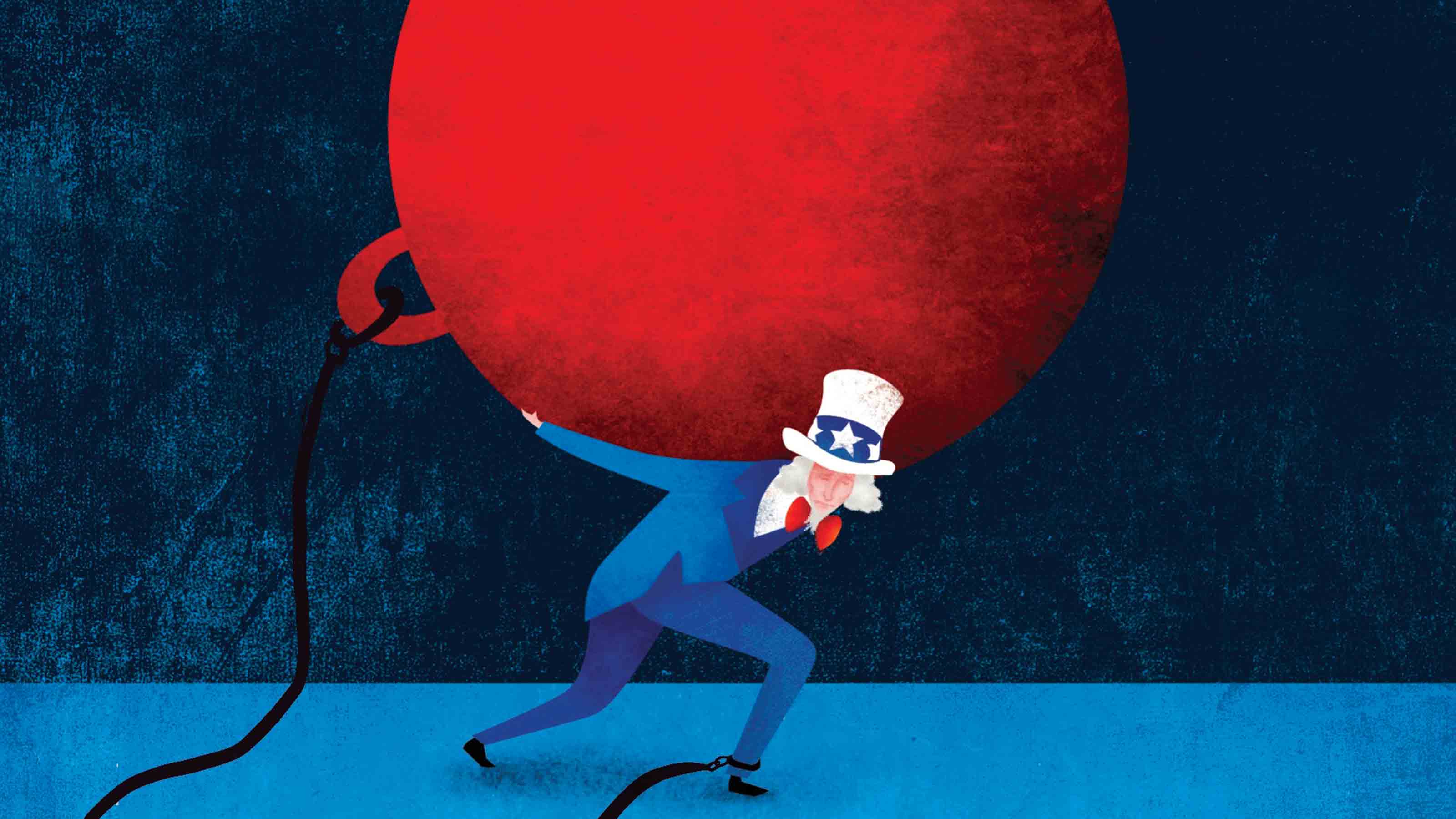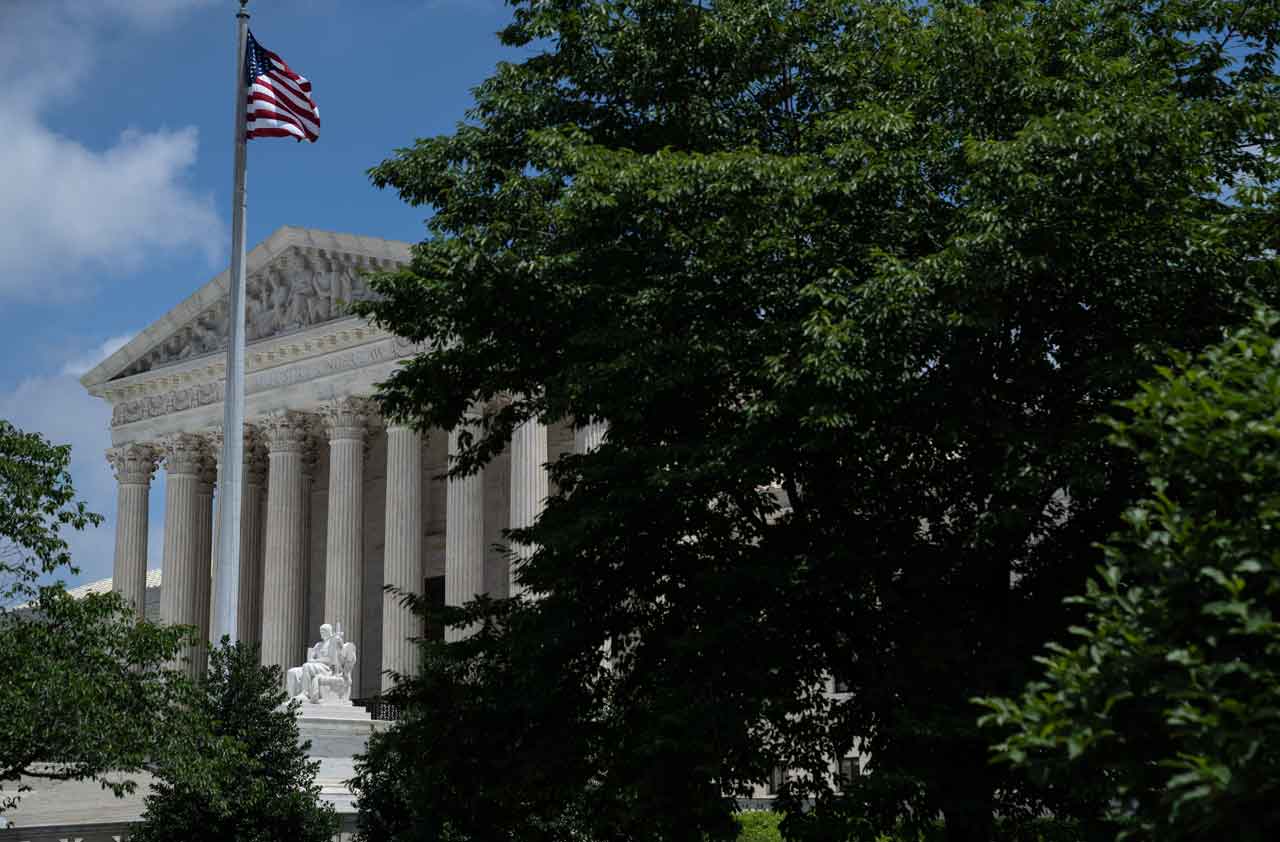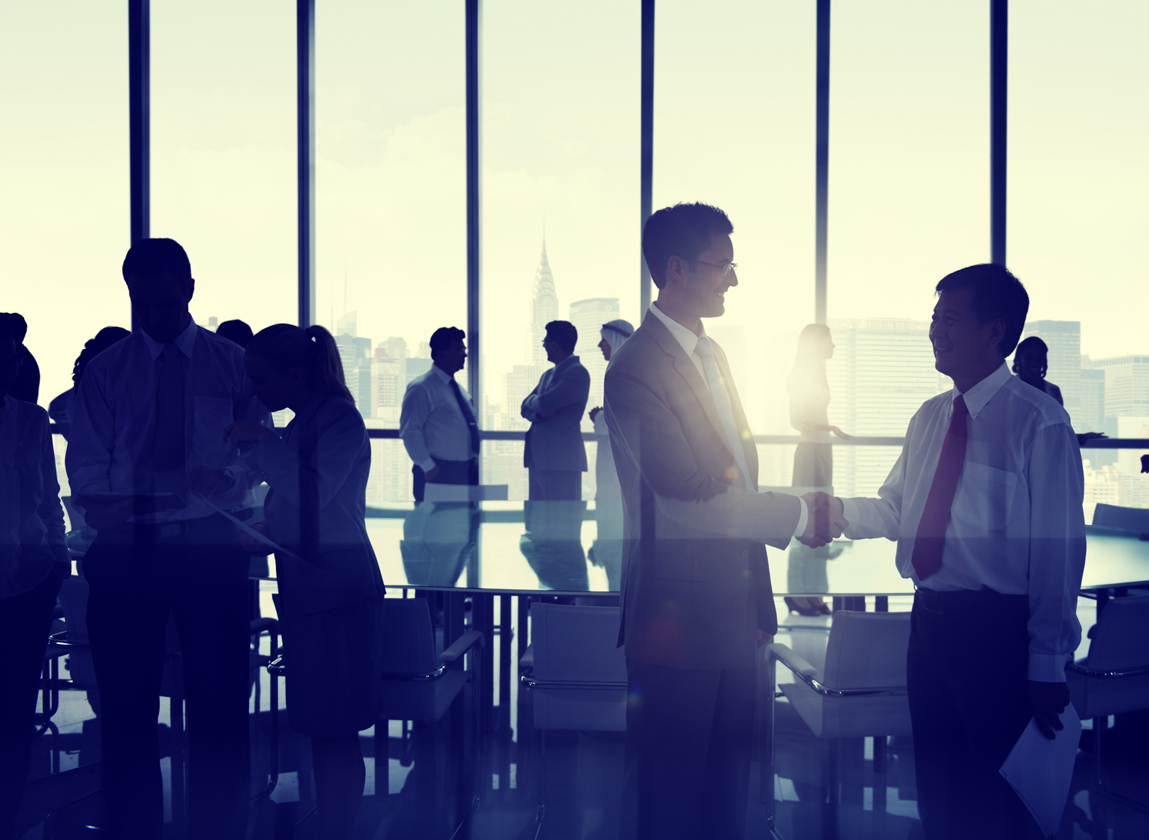Teaching Savings to Kids in Schools
What was once called thrift education is making a comeback as financial literacy. That’s good news in hard times.

Hudson is a picturesque Wisconsin town nestled alongside the St. Croix River, population about 12,000. Its high school has more than 1,600 students and, like every other high school, the quiet of its corridors is momentarily shattered when students change classes. (It’s amazing how much noise teenagers can make.)
SEE ALSO: Kiplinger's Guide to Money-Smart Kids
Yet unlike in many schools, its students can stop at a credit union branch housed in a narrow, windowless former storage closet. The high school branch of the WESTconsin credit union is open for business three days a week from 11:30 a.m. to 1:00 p.m., and some 100 students have an account there. “It’s a way to promote financial literacy at a young age,” says Jim Wookey, WESTconsin vice-president. Adds Melisa Hansen, the district’s school career counselor, “The branch makes saving real.”
From just $107.88 $24.99 for Kiplinger Personal Finance
Become a smarter, better informed investor. Subscribe from just $107.88 $24.99, plus get up to 4 Special Issues

Sign up for Kiplinger’s Free Newsletters
Profit and prosper with the best of expert advice on investing, taxes, retirement, personal finance and more - straight to your e-mail.
Profit and prosper with the best of expert advice - straight to your e-mail.
The Hudson high school credit union branch is a small slice of a much larger movement to improve financial literacy in the U.S. American adults are struggling to salt away more money, eager to build a stronger financial buffer against economic and financial turmoil.
You can see the effort in the numbers. In these uncertain times, the personal savings rate has been hovering in the 5% to 6% range, well above the 1% to 2% figure of the mid 2000s. I hear the desire to save more in conversations at work and with neighbors as people exchange frugal insights, much as they used to share borrowing tips.
Perhaps most important, America’s long savings drought and steep debt burdens have spawned a cottage industry promoting financial literacy for the young, from elementary school through college. “It’s important to get kids into the saving habit,” says Nan Morrison, chief executive officer of the Council for Economic Education, a nonprofit that focuses on economic and financial education.
We all know that savings and financial literacy matter more than ever. Employers insist that their workers take a “do-it-yourself” approach toward funding retirement (think 401(k)s). Colleges count on parents and students to come up with more tuition dollars (think student loans). About three-fourths of American families have at least one credit card, up from less than half in the early 1980s (think minimum payments). Lenders are clever at highlighting the ease of borrowing while masking the true cost of repayment (think payday loans).
We have also relearned the hard way that the price for saving too little and borrowing too much is high when measured in financial stress, the trauma of foreclosed homes, the exhausting treadmills of never-ending debt payments, and dashed dreams in our elder years.
All this makes management of personal finances more important than ever. It seems that almost every day someone announces a new financial-literacy program aimed at students. A handful of states have taken the step of mandating a class in financial education, most recently Virginia.
Most states and localities have cobbled together money lessons for their students, whether it’s offering an elective class in personal finance, encouraging teachers to incorporate money lessons into their existing curriculum or reaching out to banks and credit unions for on-site lessons. The biggest problem: Scholarly research shows the quality of these efforts varies considerably.
School-based saving programs have the virtue of turning a computer-simulated game into a practical class lesson, or using a visit from a local banker as inspiration to open a savings account. Most of us learn best by doing. That’s the experience at Fowler high school in Syracuse, N.Y. The school is in a neighborhood where half the residents live in poverty and where the homeownership rate is only 20%. Many of the students’ parents don’t trust or use traditional financial institutions. Cooperative Federal credit union opened a branch in the high school in late 2009. The branch now has about 50 accounts, including a handful of teachers’ accounts.
“It’s encouraging people to get into the habit of saving,” says Thomas Dellwo, financial-education coordinator at Cooperative Federal. “But we also wanted to make financial services and products available to a population of students who don’t get exposed to financial services elsewhere in their lives.”
Similar sentiments drove an earlier generation of reformers in Europe, Japan and the U.S. to back school-based savings. Historians date the idea to the 1830s, in France. In the U.S., the pioneer was J. H. Thiry, an immigrant from Belgium and school commissioner in Long Island City, N.Y. He established the first school savings bank in the town’s School No. 4 in 1885.
By 1928, there were school savings banks in 46 states, with four million participating students and more than $9.5 million on deposit ($122 million in current dollars). The idealists weren’t really trying to help young people accumulate money, although it was a nice incentive. No, the driving motivation was to teach “the thrift of prudent spending as well as of wise saving … the thrift that recognizes that the finer things of life must be encouraged,” wrote Simon Straus, president of the American Society for Thrift, in 1920.
The American thrift education movement suffered during the Great Depression (and parents raided the accounts). During World War II and the early years of the Cold War, the program did expand, but it was largely transformed into a patriotic exercise in war-bonds buying. School-based savings banks all but disappeared by the late 1960s. Financial institutions considered the program too expensive to run. The public-policy emphasis changed from educating young people about thrift and savings to teaching them about consuming and borrowing. The 19th and early 20th century notion of the democratization of savings became the late 20th century idea of the democratization of credit.
It is heartening to see that school-based savings is making something of a comeback. Although the self-reported data is incomplete, credit unions have some 250 school-based banking programs operating in many states. Save for America is a well-known nonprofit that helps set up school savings programs across the country. Banks sponsor savings programs aimed at youngsters both inside and outside of school.
Yet programs that combine financial literacy with savings at school remain far too scattered and dependent on the combination of unusually committed educators and community-minded financiers. Taking steps at all levels of society -- government, business and education -- to expand school-based savings could go far in turning a heartening national conversation about the need for greater thrift among young people into the reality of good savings habits for the majority of Americans.
Put it this way: The modern American youngster has unprecedented buying power. But that also means they have unprecedented saving power. And the returns of thrift pay off over a lifetime.
Contributing columnist Chris Farrell is economics editor for American Public Media’s weekly Marketplace Money show and author of The New Frugality.
Profit and prosper with the best of Kiplinger's advice on investing, taxes, retirement, personal finance and much more. Delivered daily. Enter your email in the box and click Sign Me Up.

-
 Nasdaq Takes a Hit as the Tech Trade Falters: Stock Market Today
Nasdaq Takes a Hit as the Tech Trade Falters: Stock Market TodayThe Dow Jones Industrial Average outperformed on strength in cyclical stocks.
-
 $100 Fee Turning Away Visitors from National Parks
$100 Fee Turning Away Visitors from National ParksDiscover how the new $100 fee will impact your experience visiting 11 of America's most popular parks.
-
 Is Mechanical Breakdown Insurance Better Than an Extended Car Warranty?
Is Mechanical Breakdown Insurance Better Than an Extended Car Warranty?More insurers are starting to offer mechanical breakdown insurance to new car owners. What is it and should you buy it?
-
 Federal Debt: A Heavy Load
Federal Debt: A Heavy LoadEconomic Forecasts The debt continues to grow, but record-low interest rates could ease the long-term damage.
-
 How the Fed's Moves Affect You
How the Fed's Moves Affect YouEconomic Forecasts It’s pumping trillions of dollars into the economy and keeping rates near zero. Savers are sunk, but borrowers get a boost.
-
 Consumers Will Feel Impact of Rapidly Falling Interest Rates
Consumers Will Feel Impact of Rapidly Falling Interest RatesEconomic Forecasts Mortgage and car loans will experience the most significant dips, while some holders of Treasuries may get a slight boost.
-
 Will You Have to Pay More Sales Taxes on Your Online Purchases?
Will You Have to Pay More Sales Taxes on Your Online Purchases?business One thing’s for sure: Consumers who live in one of the five states without a sales tax won’t be affected by the Supreme Court’s ruling.
-
 Is Credit-Card Debt Out of Control?
Is Credit-Card Debt Out of Control?credit & debt Balances are on the rise, but defaults are still low.
-
 Help Wanted in America: Skilled Workers
Help Wanted in America: Skilled WorkersTechnology In an ever-more-competitive job market, technology increases the need for skilled workers.
-
 The Unintended Consequences of a Boost in Overtime Pay
The Unintended Consequences of a Boost in Overtime PayBusiness Costs & Regulation New rules mean millions more employees will be overtime-eligible. But will employers find workarounds?
-
 America's Perilous National Debt
America's Perilous National Debtdebt At $14 trillion and climbing, it's like "termites in the basement."